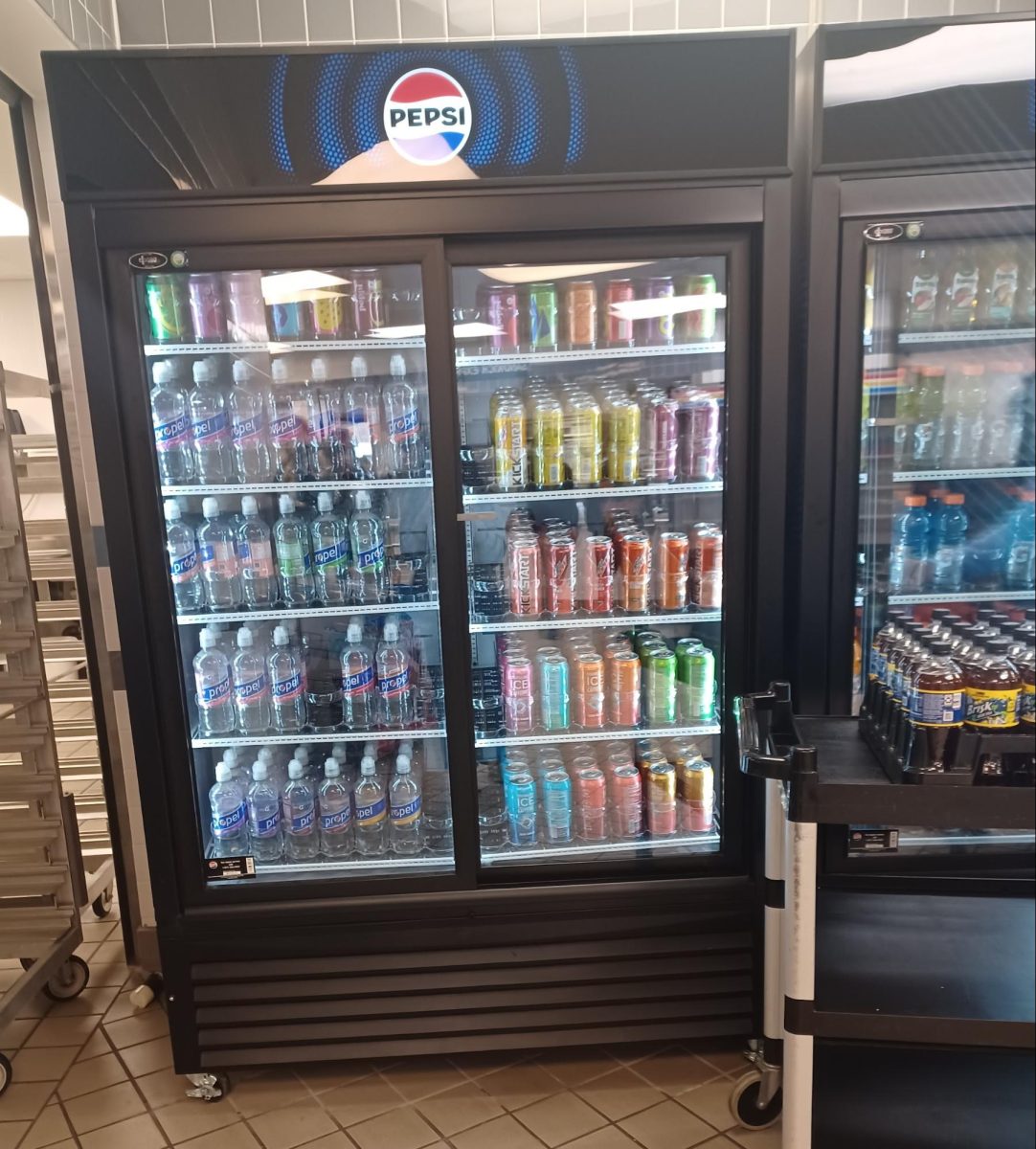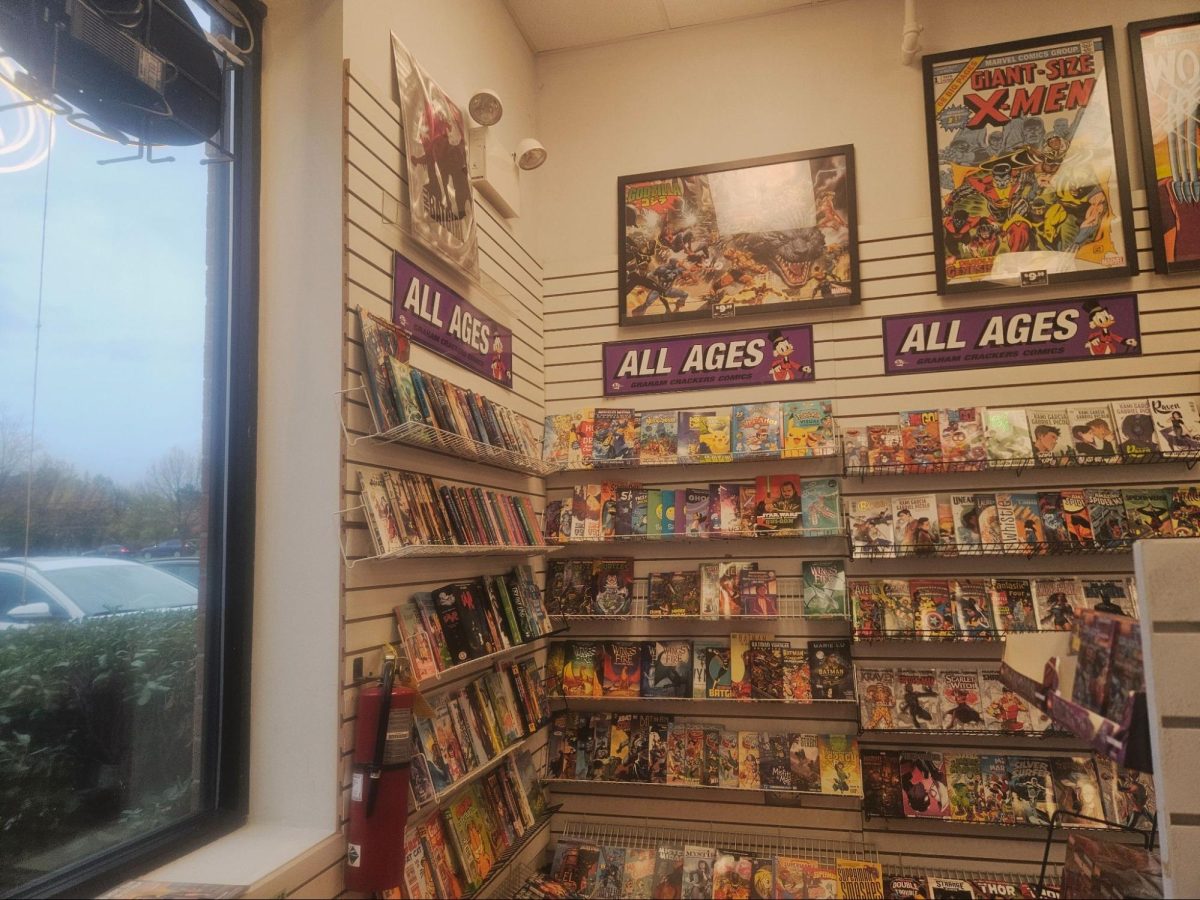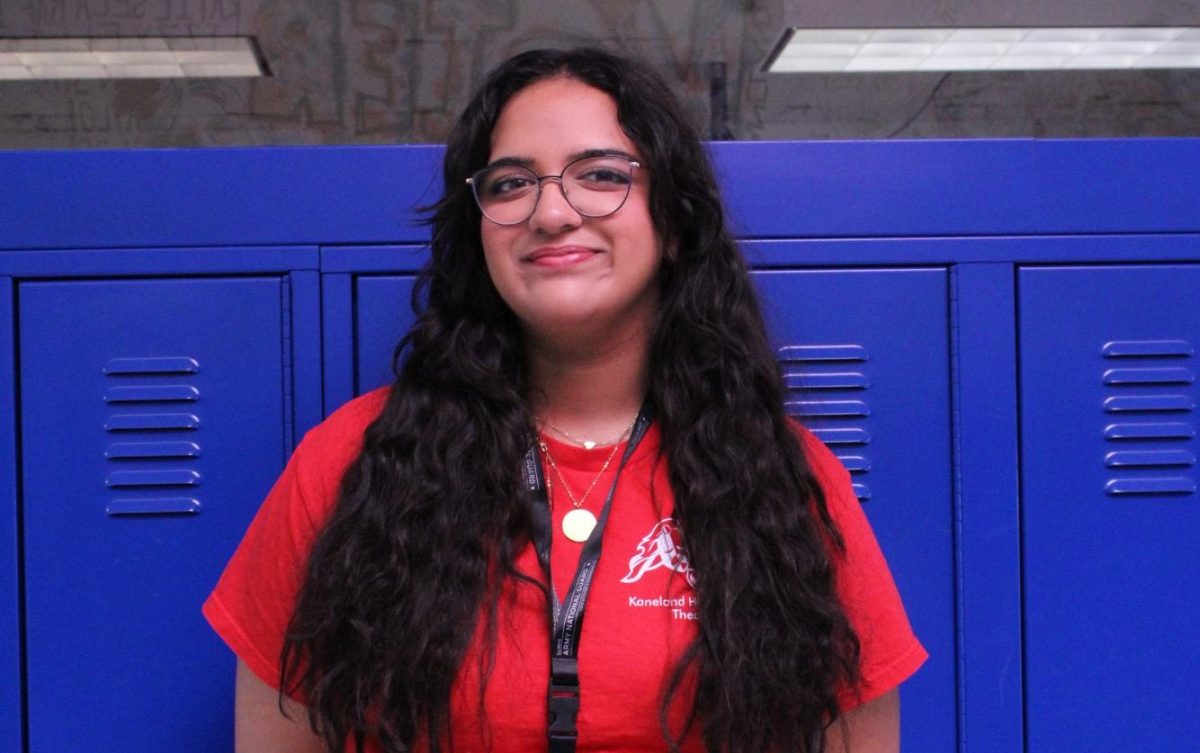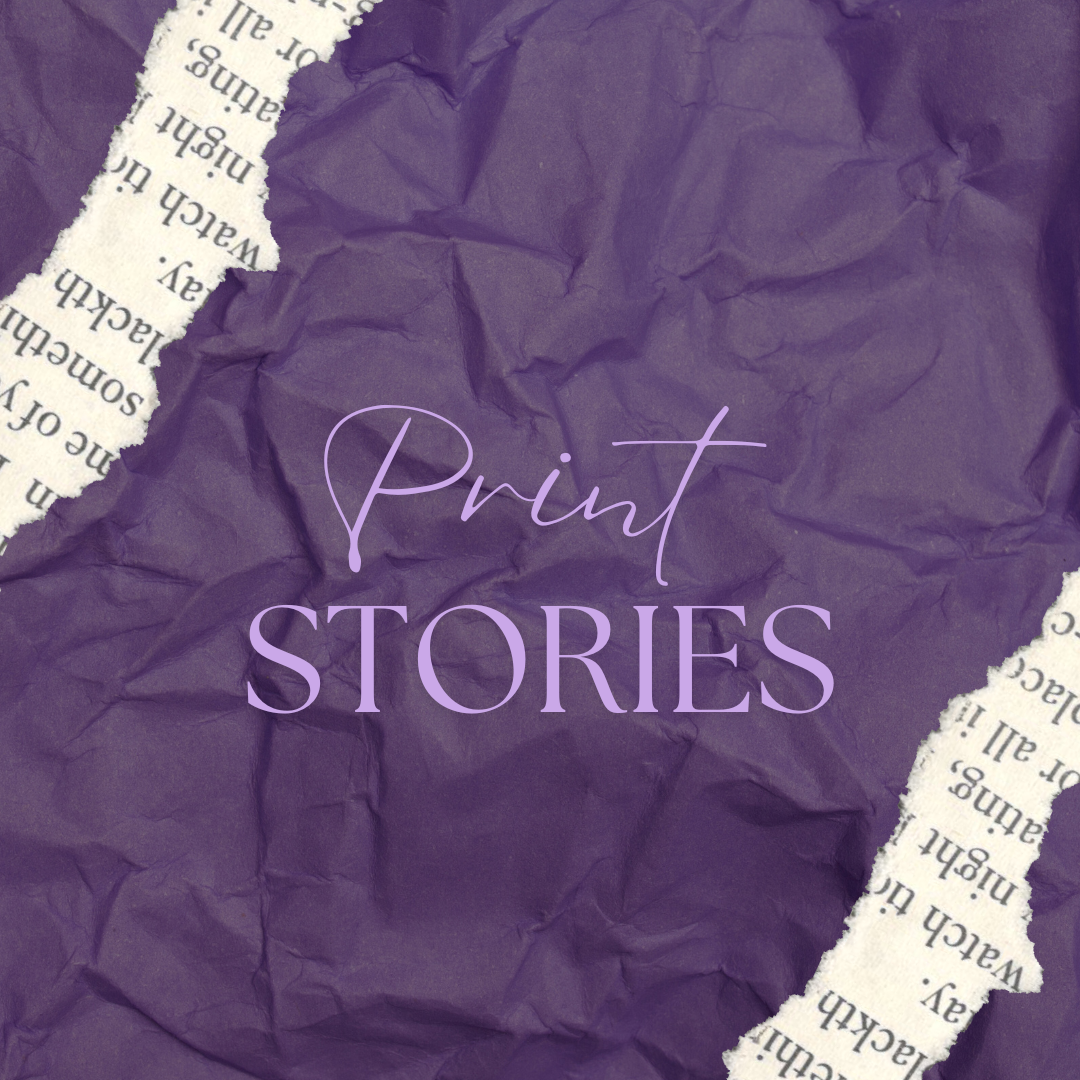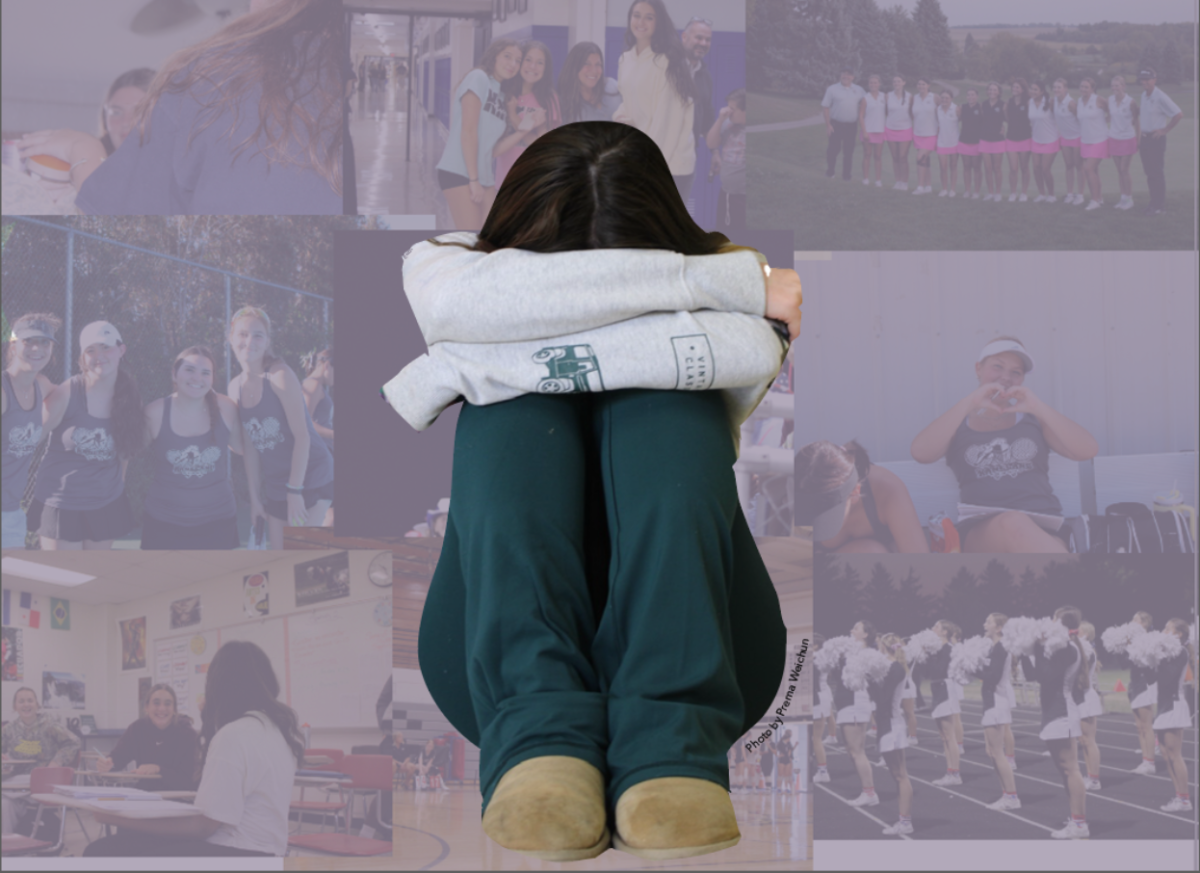Waking up on a new day, exhausted from the previous one, the sudden smell of coffee beans bursts through the air and straight into your brain. The urge to get out of bed and make it through the day seems easier and more manageable than when you originally woke up.
People have been relying on caffeine for years. From students trying to stay awake for school to teachers needing to wake up early to grade papers and prepare their classrooms, caffeine is popular in schools despite age differences. Because of our reliance on this sweet, strong, addictive drug, many companies have used that dependency to promote their products.
Businesses such as Starbucks release special seasonal menus that have limited edition items to attract more customers. Such yearly traditions cause customers to count down the days until those seasonal options come out. Starbucks released their fall menu on Aug. 22.
Fun and festive drinks aren’t the only things constantly being craved by caffeine lovers. Like many other coffee shops, Starbucks offers a variety of unique drinks on a day-to-day basis, and some customers have a habit of going to their coffee shops several times a week. Others, however, try to limit themselves.
“I would say I spend less than $15 [on drinks a week]. It’s a max of twice a week,” science teacher Breanne Kahl said.
Not only do teachers rely on caffeine to get through their day, but students have started to depend on caffeine to stay awake too.
“I play volleyball, so I need the energy to actually play volleyball and not be exhausted,” sophomore Taylor Hubert said. “I’m one hundred percent addicted to caffeine. One time I tried to do a no-energy drink run and I fell asleep in eighth period.”
Hubert usually visits a coffee shop five times a week for a refresher or caramel iced coffee. She also buys many energy drinks, spending roughly $30 a week.
Money can be spent quickly when it comes to purchasing caffeine. Starbucks makes it easy for customers to get their daily drink with their own Starbucks card, which works as a prepayment for customer orders. So instead of paying for your drink with your regular card or cash, you can simply use a Starbucks card that you’ve already loaded money onto.
Coffee shops aren’t the only place people buy their caffeine, though. Energy drinks are popular among Kaneland students, and they are sold in the KHS lunch line and vending machines.
“I [usually] drink one energy drink every morning during school,” senior Morgan Beam said.
Drinking an energy drink or coffee every day can add up.
“I would say they cost around $20 for a bulk pack of 15 [energy drinks],” Beam said.
Learning how to budget money or limit how much is spent on caffeine each week can be beneficial to students.
“If you don’t learn to manage your money, your money will manage you right into debt,” personal finance teacher Joseph Conroy said. “It’s about learning to save early and being mindful of where you spend your money.”
Budgeting can provide money management lessons for teens. Learning how to manage finances is crucial when you want to include little things like buying coffee in your weekly lifestyle.
Some people may even let their reliance on caffeine affect their emotions.
“We had an outage of a couple of ingredients one week. When we explained this to some customers, they became very aggressive and demanded answers,” former Starbucks employee and current Kaneland junior
Isabel Aguilera said.
However, some consumers prefer making their coffee at home rather than purchasing it due to the cost.
“It is cheaper. I [can make] such a simple drink like black coffee, but I can’t justify spending money on it,” French and Spanish teacher Cristian Hernandez said.
Making coffee at home can be a better alternative than purchasing it at popular stores because of the cost alone. People who are more conscientious of their weekly spending are likely to save more by buying ingredients for their own coffee instead of ordering drinks each day.
And instead of coffee, there are other ways for people to get their caffeine fix.
According to Vogue writers Christina Perez and Beatrice Zocchi, some healthy replacements with similar results are natural black teas, green teas, matcha, yerba mate leaves and guarana plants. These substitutes have relatively low levels of caffeine compared to coffee or the non-natural caffeine found in some energy drinks.
A reliance on caffeine is something that many people experience. The challenge of whether to purchase beverages with caffeine or make your own can have a financial impact on those who drink them. Budgeting and finding alternatives can help those who need their daily caffeine but want to save money at the same time.


